A scanning electron microscope SEM is a type of electron microscope that produces images of a sample by scanning the surface with a focused beam of electronsThe electrons interact with atoms in the sample producing various signals that contain information about the surface topography and composition of the sample. In addition the confocal microscope can be used to obtain optical sections through a specimen which can have the advantage of excluding much of the out-of.
Piggy-back with Microscope Slide-Grids to facilitate counting and sizing.

Advantages of electron microscope compared to light microscope.
Versatile - Compatible with different styles of microscopes conventional inverted or dissecting.
TEM provides imaging with 1000x greater spatial resolution than a light microscope resolution down to 02 nm.
In this type of microscope there are ocular lenses in the binocular eyepieces and objective lenses in a rotating nosepiece closer to the specimen.
Sample preparations involve depositing specimens onto a coated TEM grid and negative staining with an.
Chemically Inert - Made of polyester with an acrylic adhesive.
TEM is a specialized type of microscopy that utilizes a beam of electrons focused with a magnetic field to image a sample.
Compared to the bilayer MoSe 2 WSe 2 the interlayer excitons formed in the trilayer WSe 2 MoSe 2 WSe 2 were demonstrated to have greater electron.
The electron beam is scanned in a raster scan pattern and the position of.
Microscope Slide-Wells are inert and stable under most laboratory conditions.
These can be still shots time-lapse video and movies.
An ultrathin negatively stained sample is required.
The super-resolution microscope Elyra 7 takes you far beyond the diffraction limit of conventional microscopy.
The main advantages of confocal microscopy are that user-defined regions of interest can be selected negating the need for the entire specimen to be exposed to a fluorescent light source.
With Lattice SIM² you can now double the conventional SIM resolution and discriminate the finest sub-organelle structures even those no more than 60 nm apart.
The QX5 functions at 640x480 a higher resolution that makes for more detailed image and videos.
As with the QX3 the QX5 can take digital images.
The QX5 has significant improvements compared to the previous Digital Blue microscope.
Compound Light Microscope Optics Magnification and Uses With Links to MicroscopeMaster Buyers Guides A compound light microscope is a microscope with more than one lens and its own light source.

Difference Between Light Microscope And Electron Microscope With Advantages Disadvantages Its Types And Comparision Chart Bio Differences

Difference Between Light Microscope And Electron Microscope With Advantages Disadvantages Its Types And Comparision Chart Bio Differences

Difference Between Light Microscope And Electron Microscope With Advantages Disadvantages Its Types And Comparision Chart Bio Differences





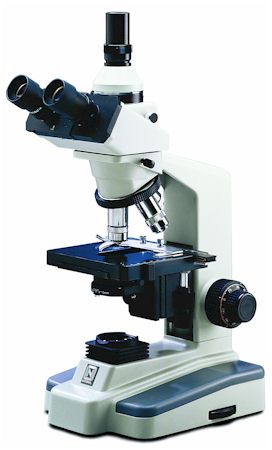

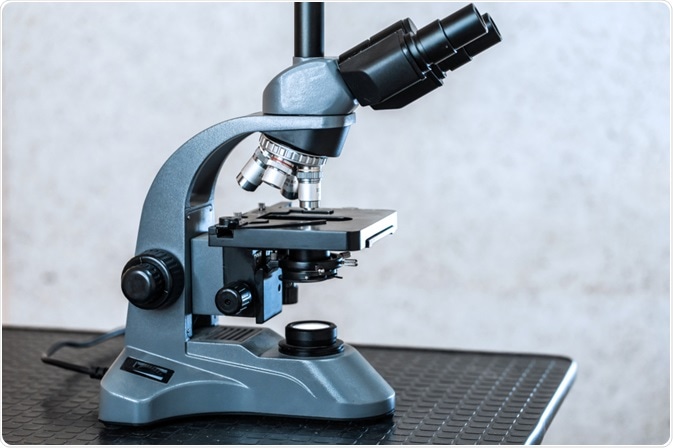

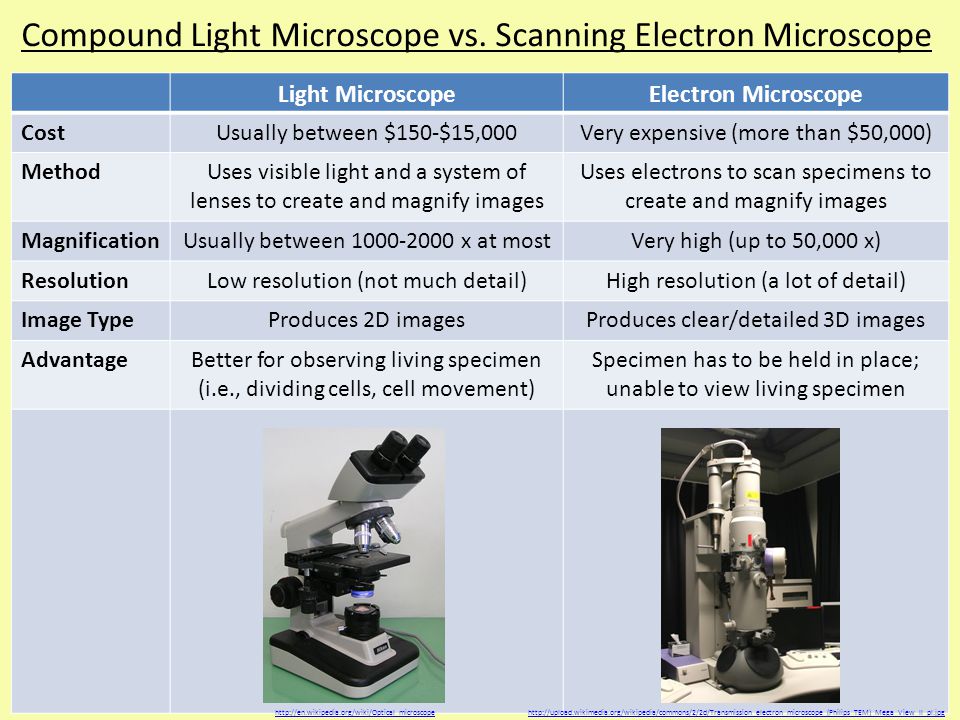
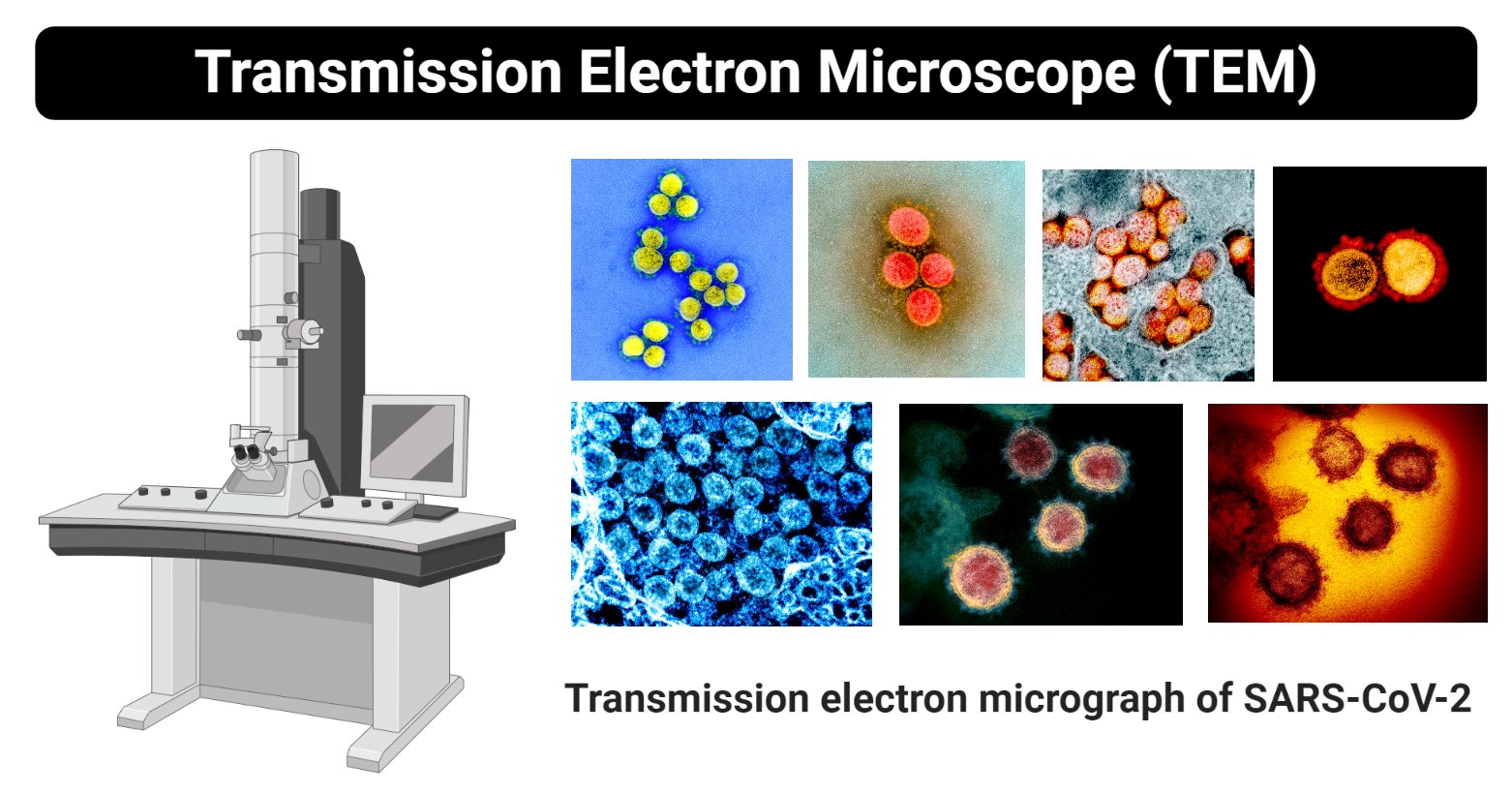


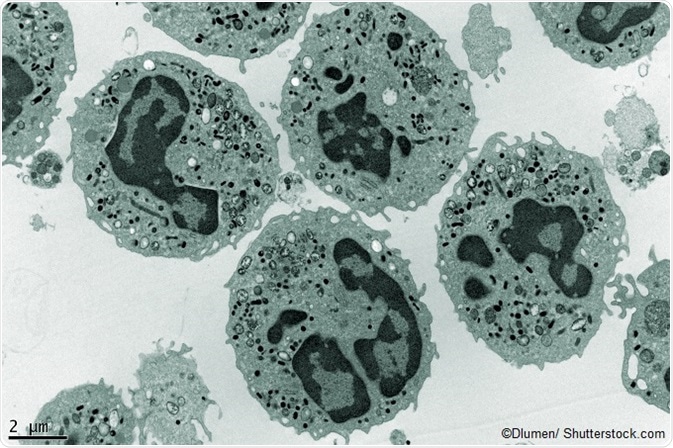
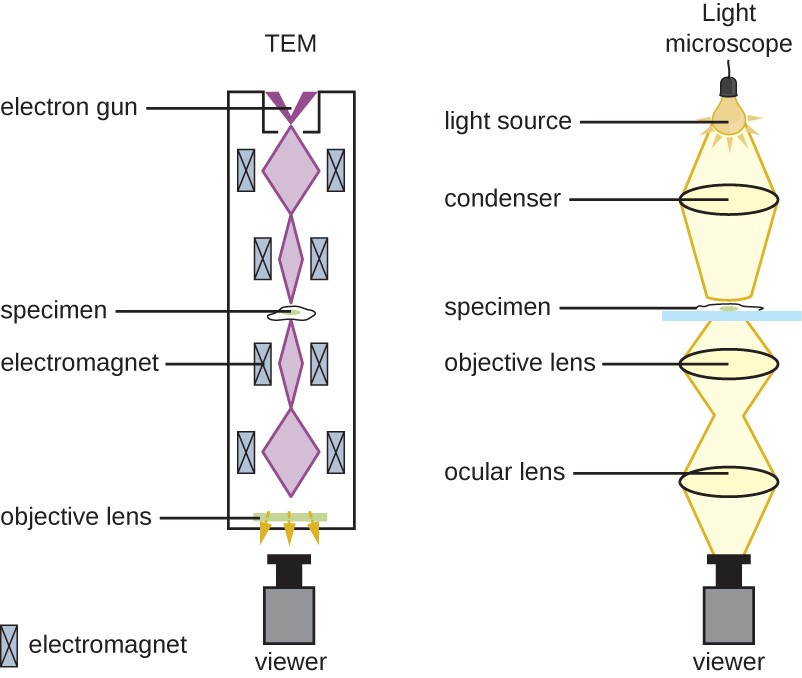
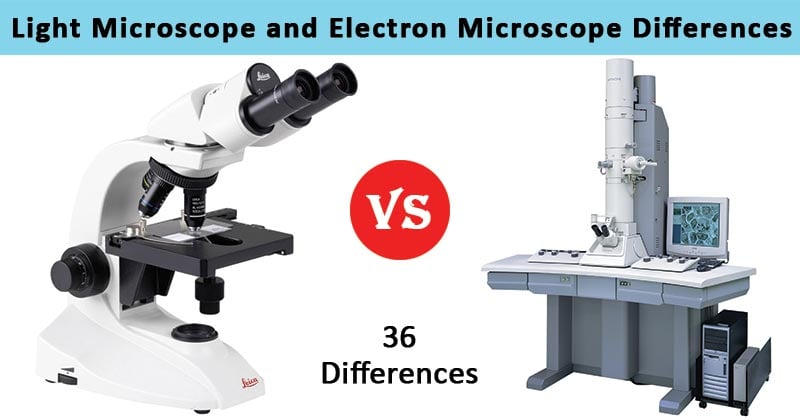
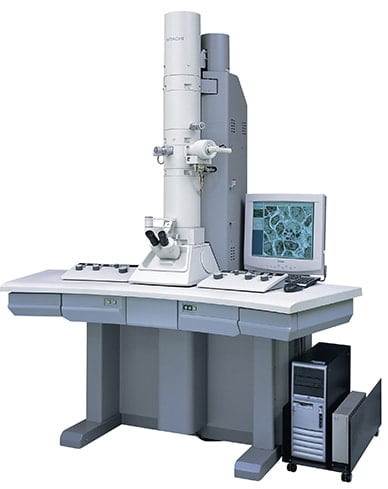

No comments:
Post a Comment